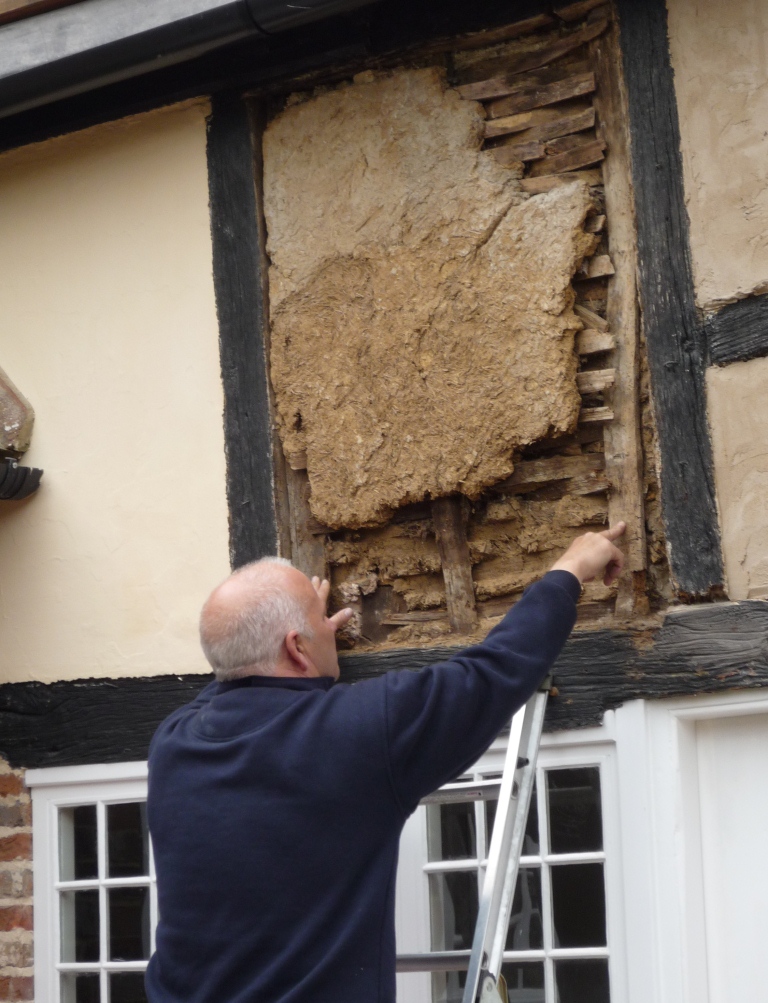Specification for reports
Content of ground plans for inclusion in visit reports
The templates for Site Visit Reports which guide you through compiling the notes from the visit can be downloaded here.
 Saturday, 15 February 2020 15:48 Saturday, 15 February 2020 15:48  101.5 KB 101.5 KB  1,870 1,870 | Download |
 Saturday, 15 February 2020 15:49 Saturday, 15 February 2020 15:49  86.14 KB 86.14 KB  1,899 1,899 | Download |
Ground Floor Plan Specifications
At the WBSG's workshop on hand drawing in February 2013, the following was agreed as the standard for what recorders should include in ground plan drawings attached to visit reports. The aim of the standard is to simplify the task and shorten the amount of time spent on it, while still recording all the essential features.

- A ground plan showing the number of units (bays)
- Main girders
- Text stating the presence of a cellar beneath that room
- Locations of bay posts
- Locations of current stairs (can be shown with an arrow indicating the upward direction)
- Location of hearths
- Bays numbered or bay posts lettered
- Location of main exterior doorways (can be indicated with a broad arrow pointing to the location on the exterior wall)
- Location of earlier external entrances if there is evidence for them
- Assumed bay posts (where they cannot be seen) are to be marked differently from those that can be seen
- If there is evidence to indicate an original window location, then this should be marked (can just be by writing ‘W’ on the plan)
- 1st phase flooring joist direction (use a double headed arrow to show alignment)
- Any jetty location
Also:
- Measurement scale
- North arrow
- Key to any symbols used (even if we use standard notations, the key will assist the homeowner)
Not absolutely essential (as they are on the report cover) but easy to do after the survey, and will help if the plan becomes separated from the report:
- Property name
- Grid reference
- Initials of the person who generated the plan
- Date of the survey (month and year)
If there is time available for additional survey/drawing then the following optional items should be considered:
- Indication of phases, either as text on the plan or block diagrams of the development phases
- Thickness and relationship of solid walls if they are part of the original construction
- Labels to indicate locations of items that are no longer present eg: location of a bread oven
- Later phase flooring joist direction (use a double headed arrow to show alignment)
- Height of the building from the ground floor to the wall plate
- An illustration of the roof structure (not detailed)
- Location of earlier stairs (where evidence survives)
Items not necessary to record for the purposes of our visit reports:
- Location of the original hall (covered in the report)
- Indication of potential original room use (covered in the report)
- Door opening directions
- Current window locations or size
- Roof pitch
- Bay length and width measurements shown on the plan with dimension arrows (covered in the report)
- Wall thickness (other than original solid walls, which are covered in the optional category above)